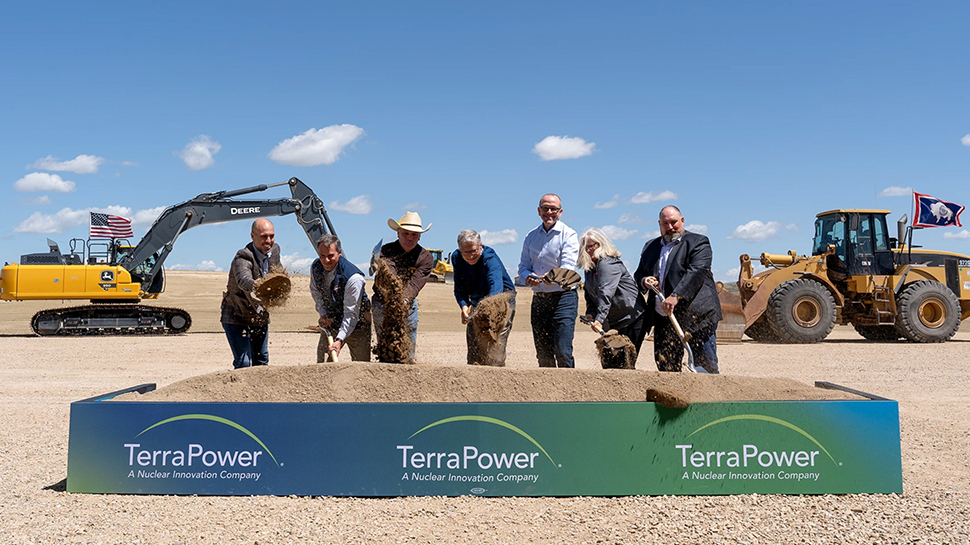
TerraPower, of which Bill Gates is chairman, has begun the construction of a modern nuclear power plant, the Natrium reactor and energy storage system, in Kemmerer, Wyoming.
This project, which utilizes sodium-cooling technology instead of traditional water, aims to offer a new generation of affordable, sustainable energy. Associated Press says Gates told the assembled crowd present at the groundbreaking, which included TerraPower leaders, government officials, Natrium project partners, industry champions and community supporters, that they were “standing on what will soon be the bedrock of America’s energy future.”
Microsoft’s co-founder added, “This is a big step toward safe, abundant, zero-carbon energy, and it’s important for the future of this country that projects like this succeed."
Opening 2030
The site in Kemmerer was chosen after a rigorous five-month evaluation of four finalist communities in Wyoming. Factors considered included local support, site characteristics, licensing feasibility, and existing infrastructure needs. The location is adjacent to PacifiCorp’s Naughton Power Plant, which is transitioning away from coal and natural gas to support a greener energy mix with nuclear power.
This development comes at a pivotal moment, as the US has not pursued new commercial nuclear projects of this nature in nearly four decades. The design of TerraPower's Natrium reactor, a sodium-cooled fast reactor coupled with a molten salt energy storage system, not only aims to meet the rising electricity demands with enhanced reliability but also addresses cost challenges associated with traditional nuclear power. There are concerns regarding the fuel type, however. HALEU (high-assay low-enriched uranium) is richer in uranium-235 than conventional reactor fuel (above 5% but less than 20%).
The completion of the TerraPower plant is scheduled for 2030, promising up to 500 megawatts of peak power output, sufficient for 400,000 homes. The project's budget is estimated at up to $4 billion, with significant funding from the US Department of Energy. This investment covers unique costs associated with designing and licensing the first-of-its-kind reactor, suggesting that subsequent reactors could be built at a lower cost.
The construction will employ approximately 1,600 workers at its peak, providing long-term employment for about 250 people once operational.







